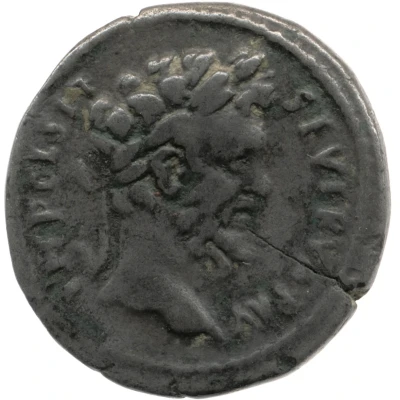![Cistophorus - Septimius Severus (VRB[I] ROMAE; Roma) (193-198) front](/storage/images/Cistophorus-Septimius-Severus-VRBI-ROMAE-Roma_269867_1.webp)
![Cistophorus - Septimius Severus (VRB[I] ROMAE; Roma) (193-198) back](/storage/images/Cistophorus-Septimius-Severus-VRBI-ROMAE-Roma_269867_2.webp)
![Cistophorus - Septimius Severus (VRB[I] ROMAE; Roma) (193-198) photo](/storage/images/Cistophorus-Septimius-Severus-VRBI-ROMAE-Roma_269867_1.webp)
© Trustees of the British Museum
Cistophorus - Septimius Severus VRB[I] ROMAE; Roma
| Silver | 9.2 g | - |
| Issuer | Rome › Roman Empire (27 BC - 395 AD) |
|---|---|
| Emperor | Septimius Severus (Lucius Septimius Severus) (193-211) |
| Type | Standard circulation coin |
| Years | 193-198 |
| Value | Cistophorus = 3 Drachms = 3 Denarii |
| Currency | Denarius, Reform of Augustus (27 BC – AD 215) |
| Composition | Silver |
| Weight | 9.2 g |
| Shape | Round (irregular) |
| Technique | Hammered |
| Demonetized | Yes |
| Updated | 2024-10-05 |
| Numista | N#269867 |
|---|---|
| Rarity index | 100% |
Reverse
Roma, helmeted, draped, seated left, sacrificing out of patera in right hand over altar and holding spear in left hand.
Script: Latin
Lettering: VRB[I] ROMAE
Translation:
Urbis Romae.
To the city of Rome.
Comment
Example of this type:Trustees of the British Museum
Source:
Online Coins of the Roman Empire (OCRE)
Interesting fact
The Cistophorus - Septimius Severus coin was minted during a time of significant political and economic change in the Roman Empire. Septimius Severus was a powerful emperor who ruled from 193 to 211 AD and made significant reforms to the Roman Empire, including the introduction of a new currency system. The Cistophorus coin was one of the coins introduced during his reign, and it was used to promote the image of Rome as a powerful and prosperous empire. Despite the challenges faced by the empire during this time, the Cistophorus coin remains a testament to the enduring legacy of Roman currency and culture.

